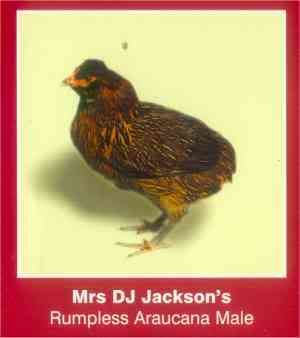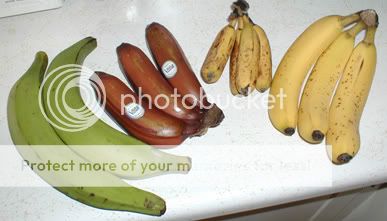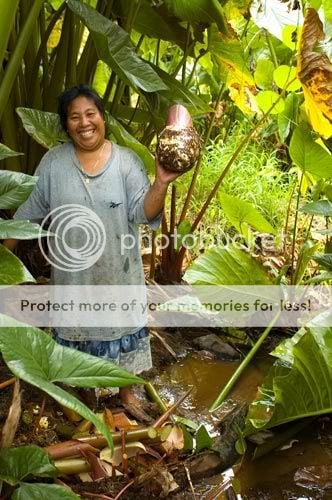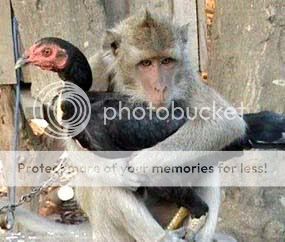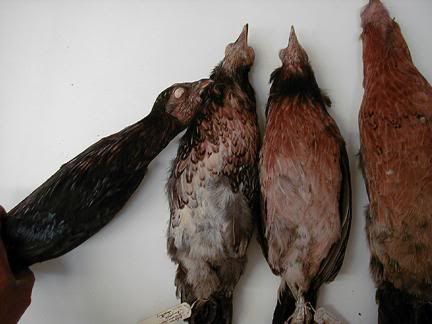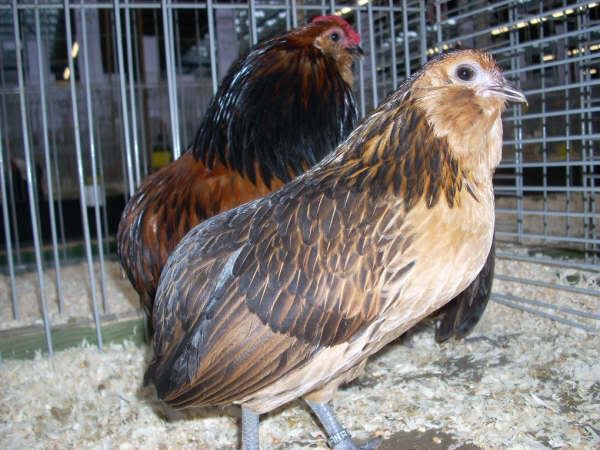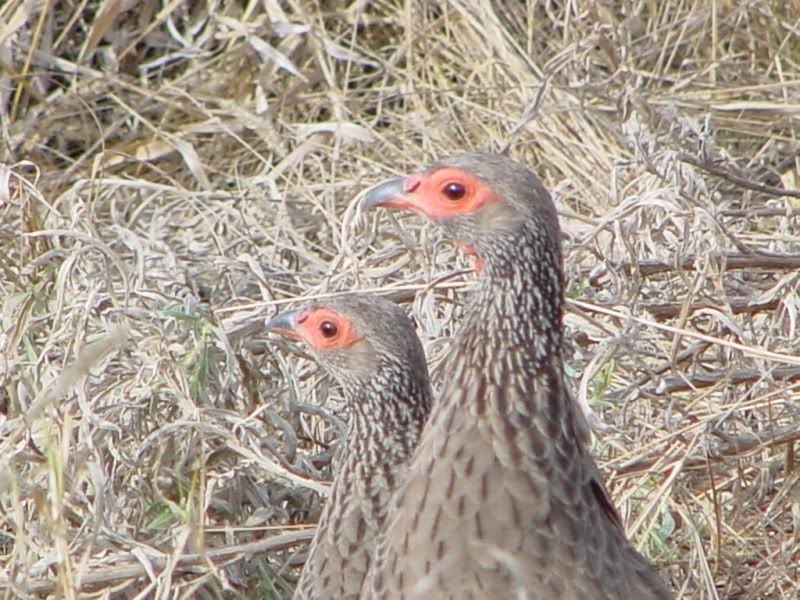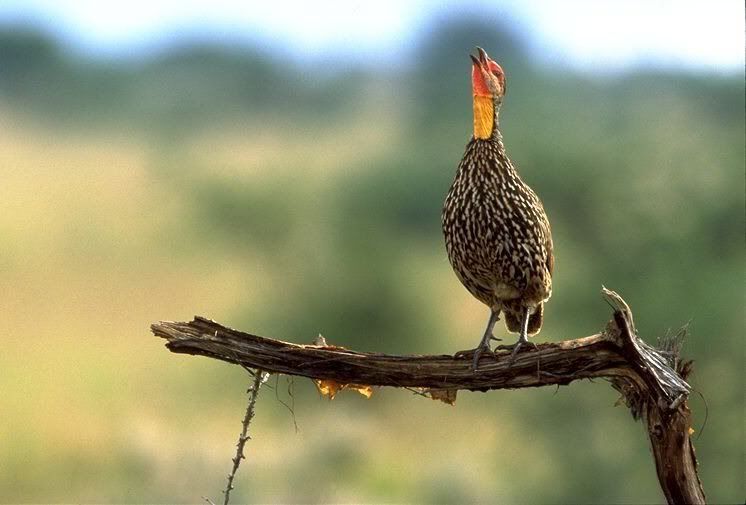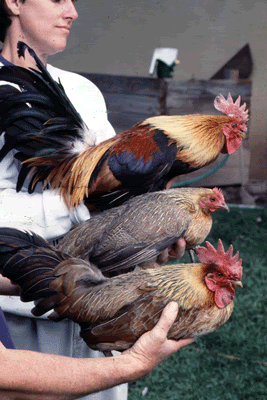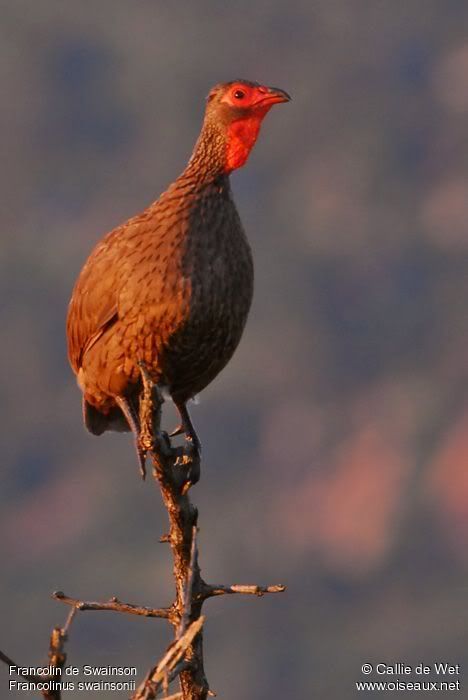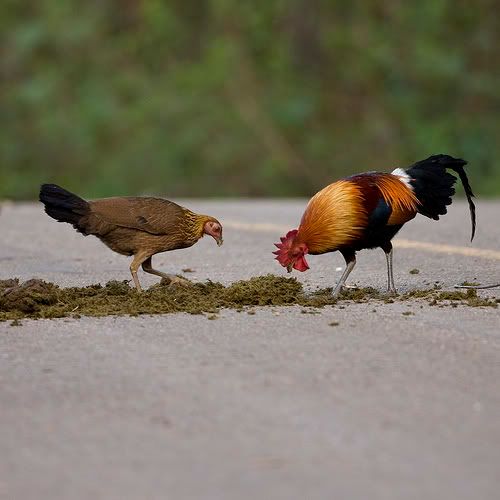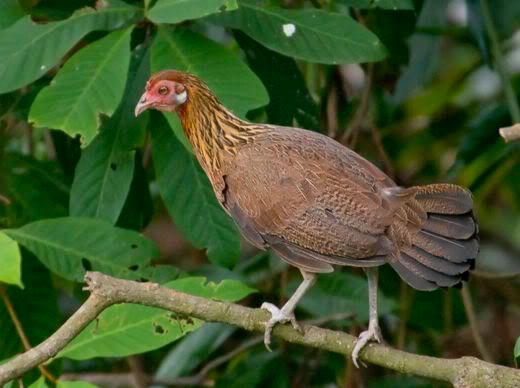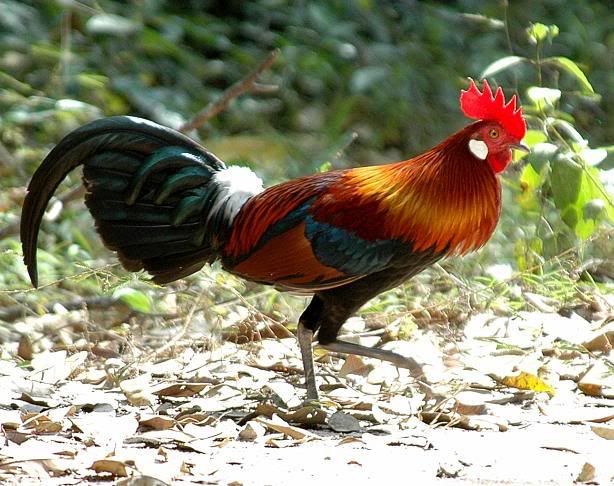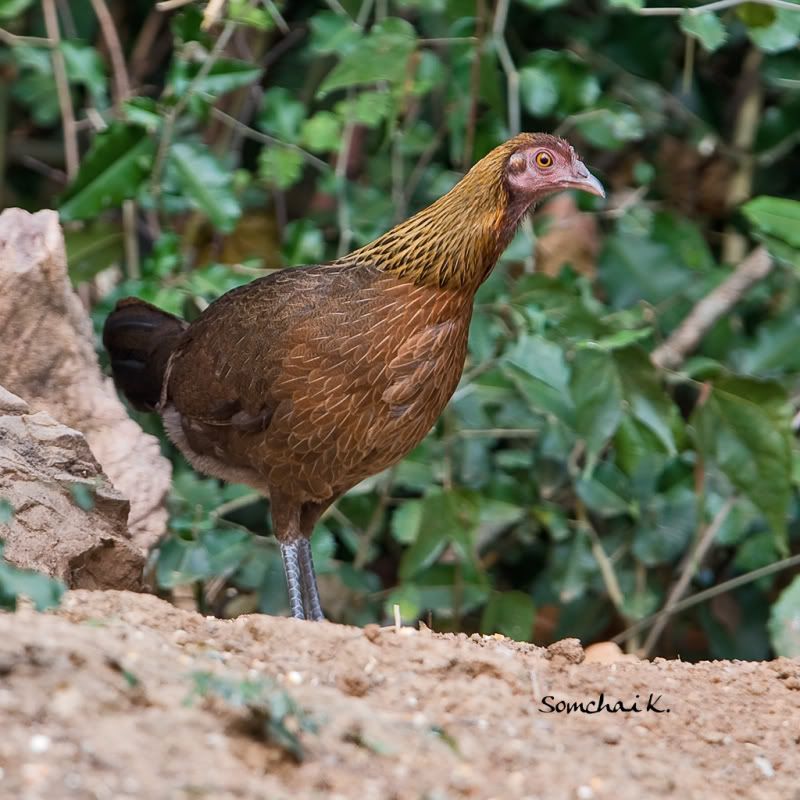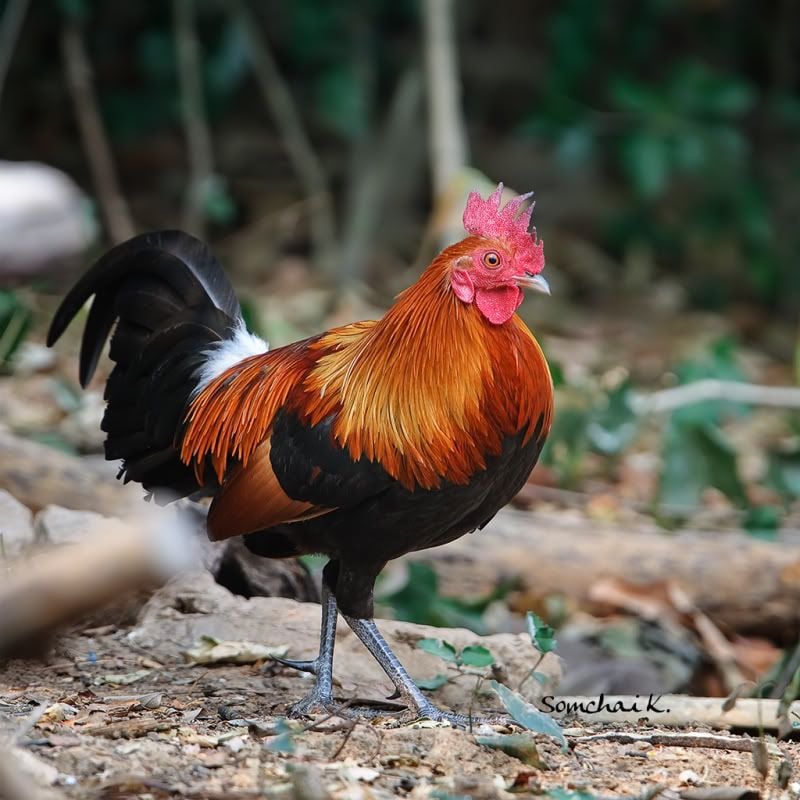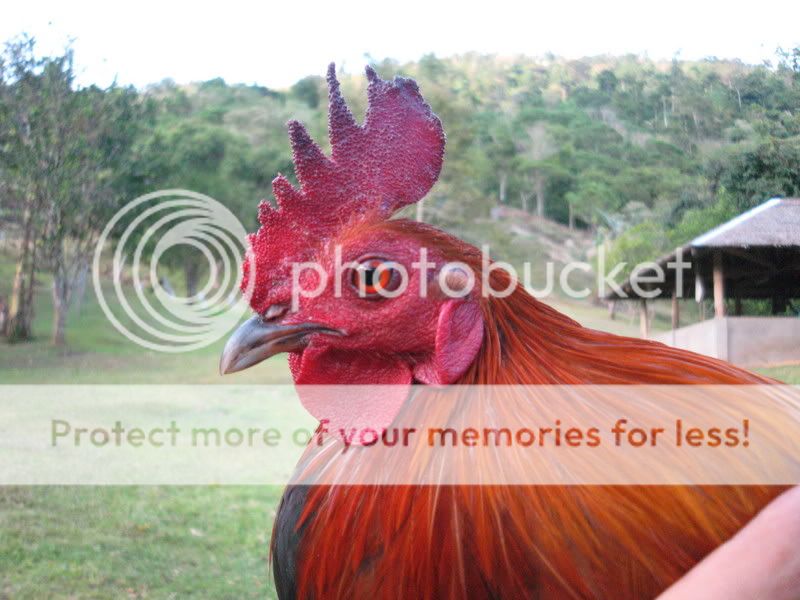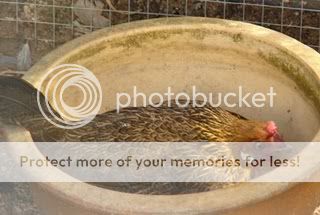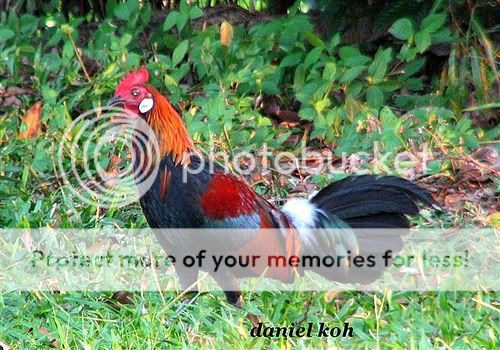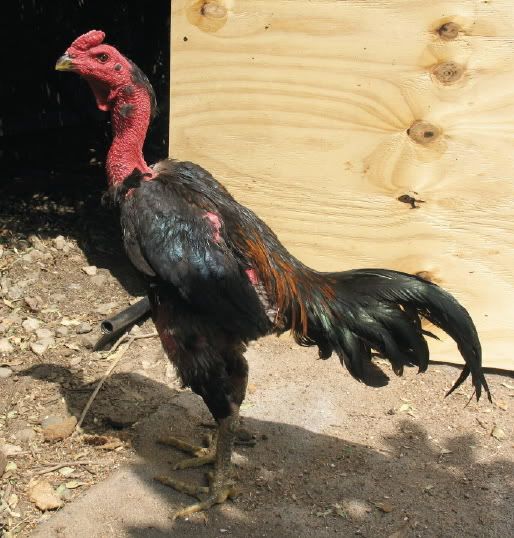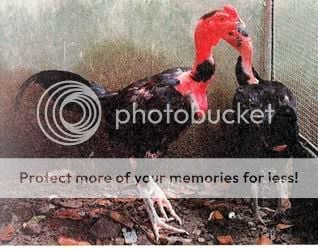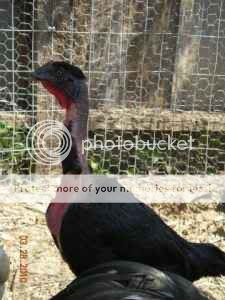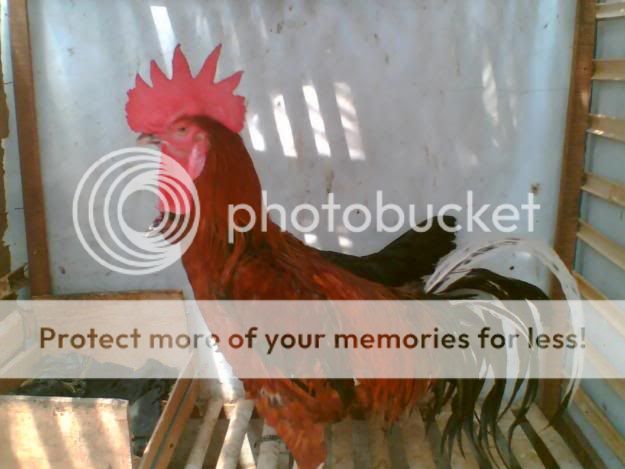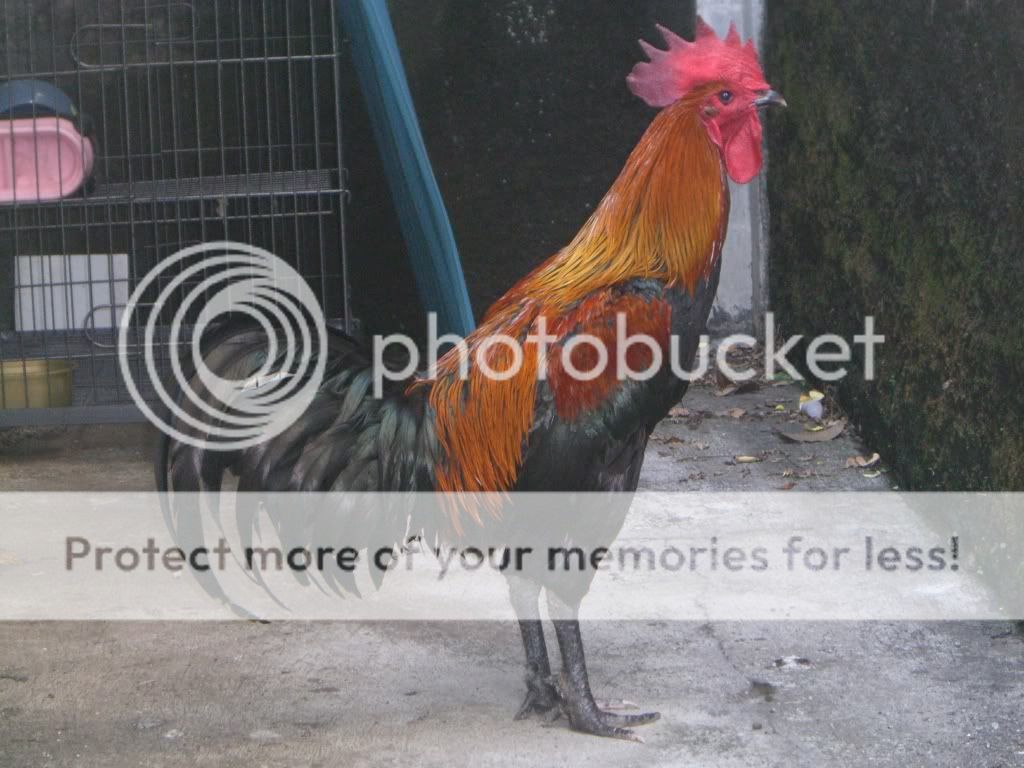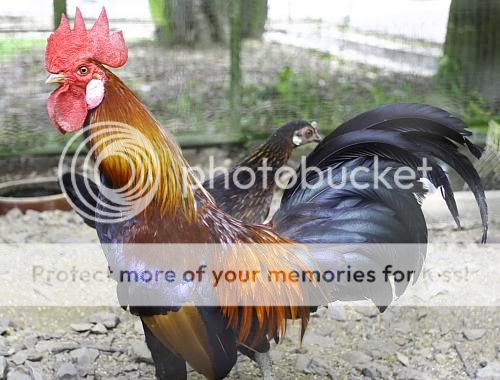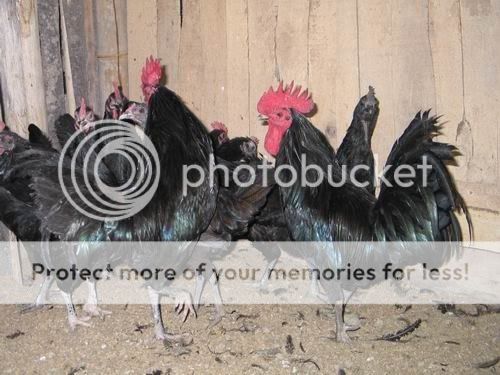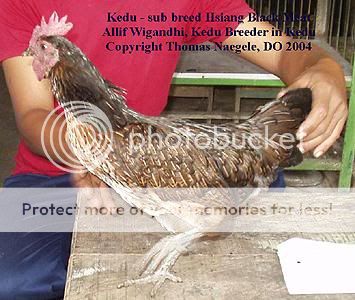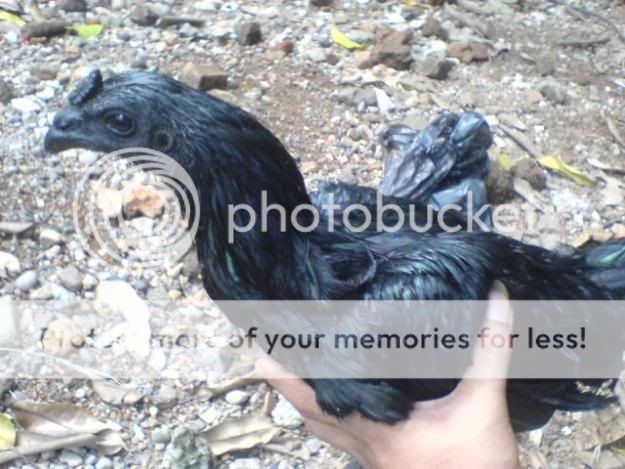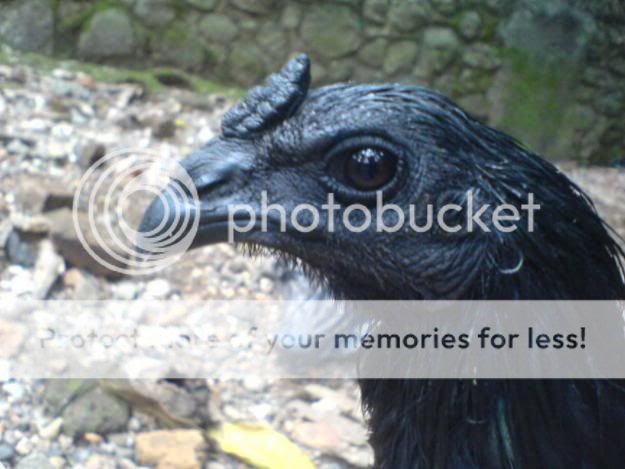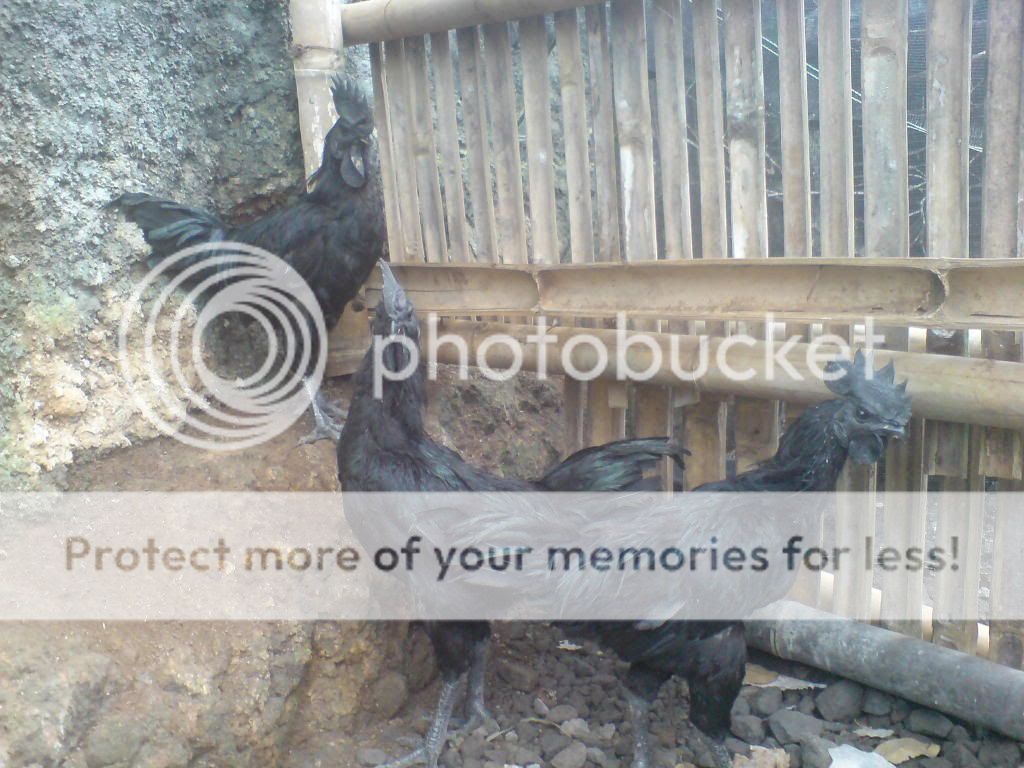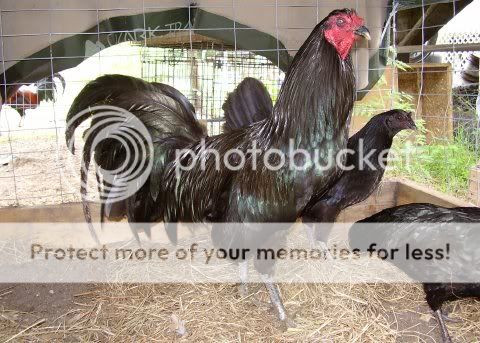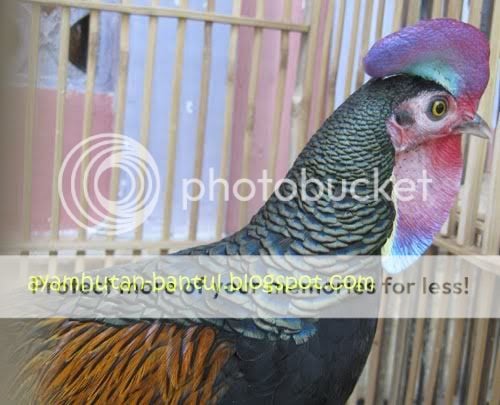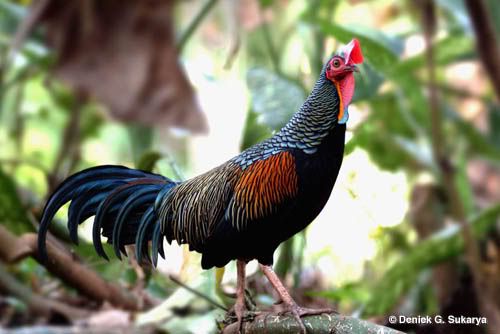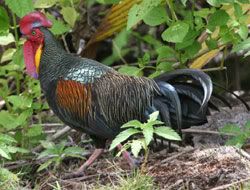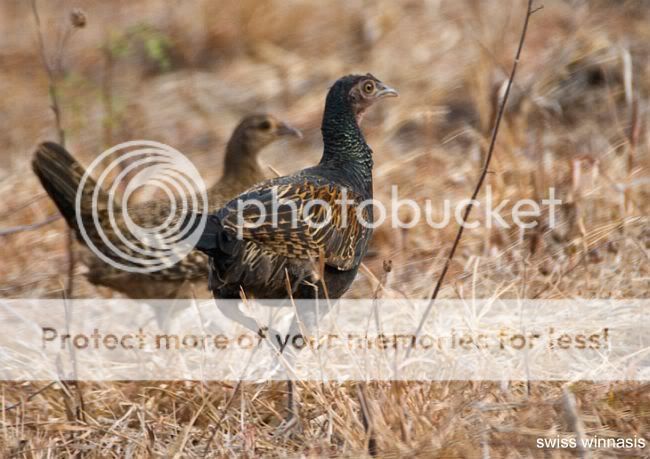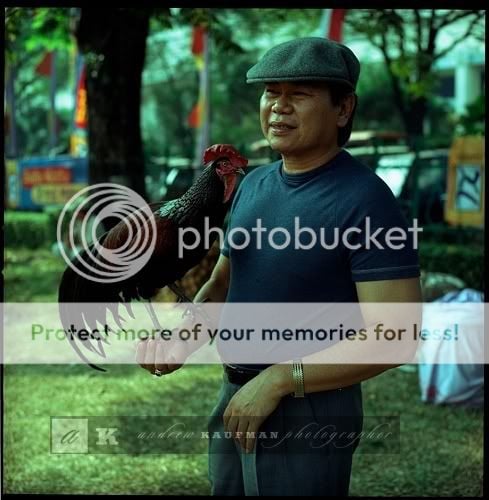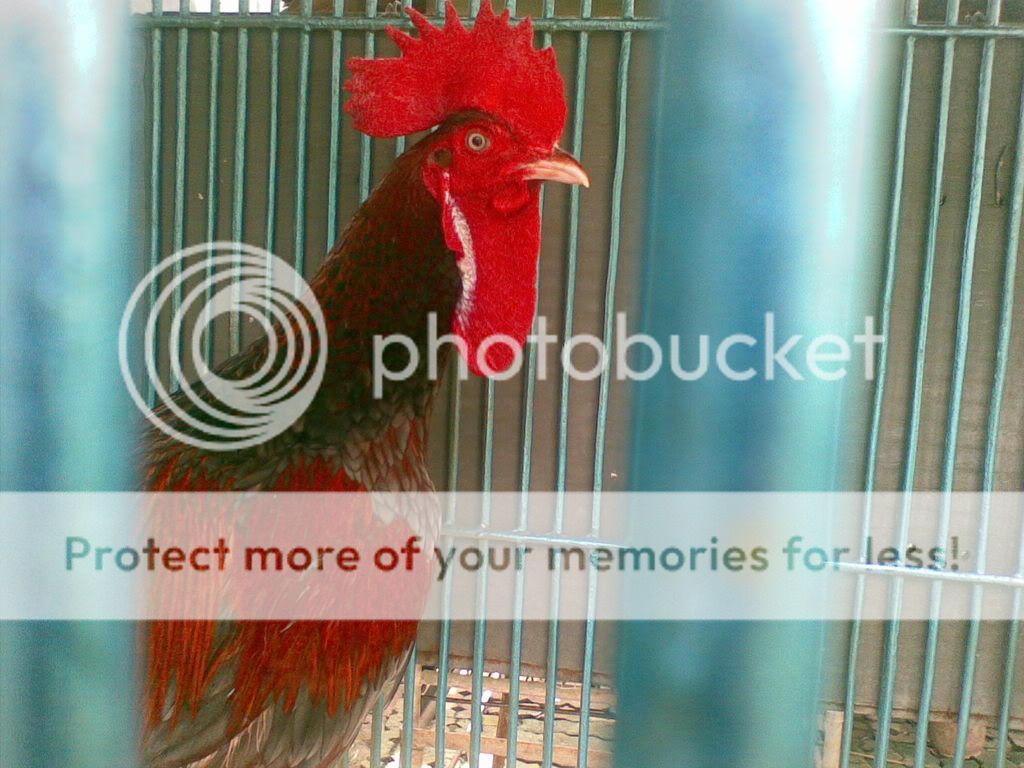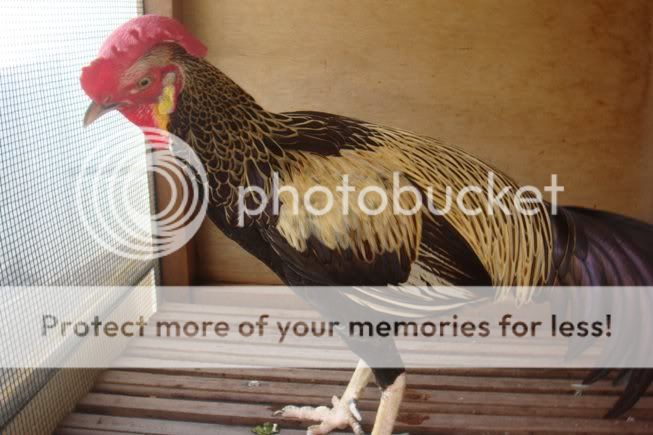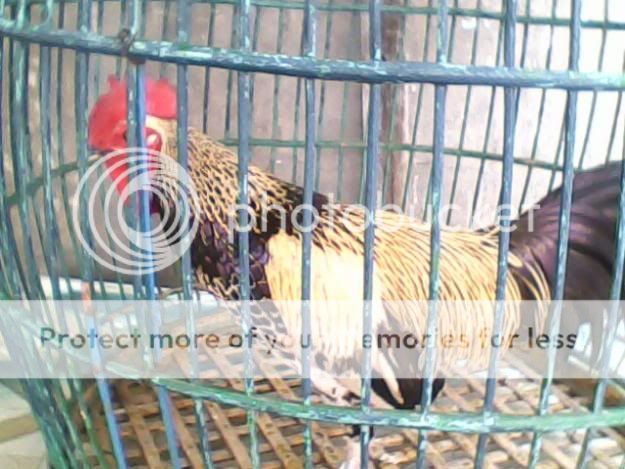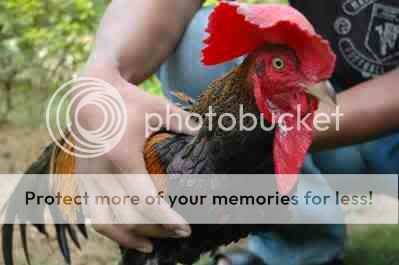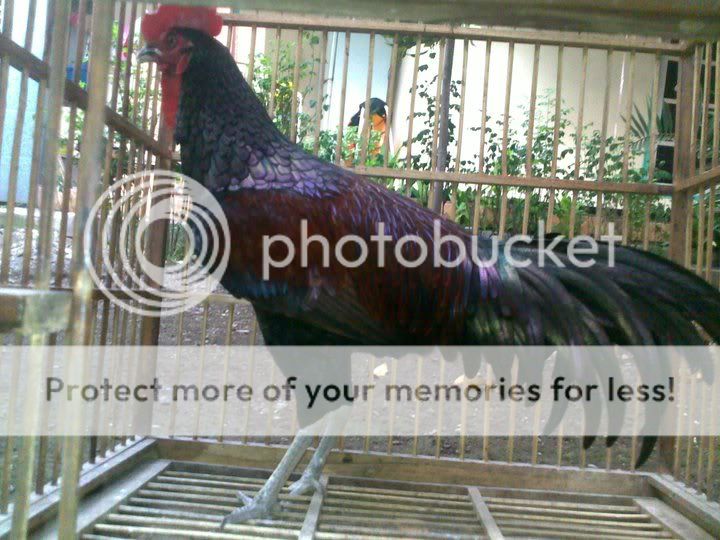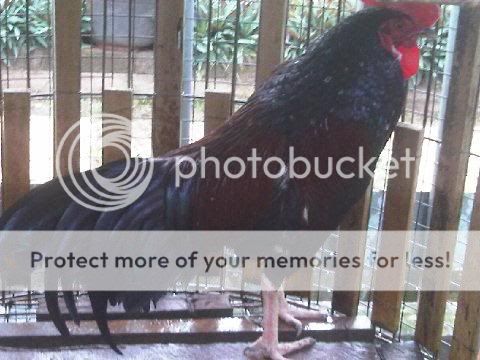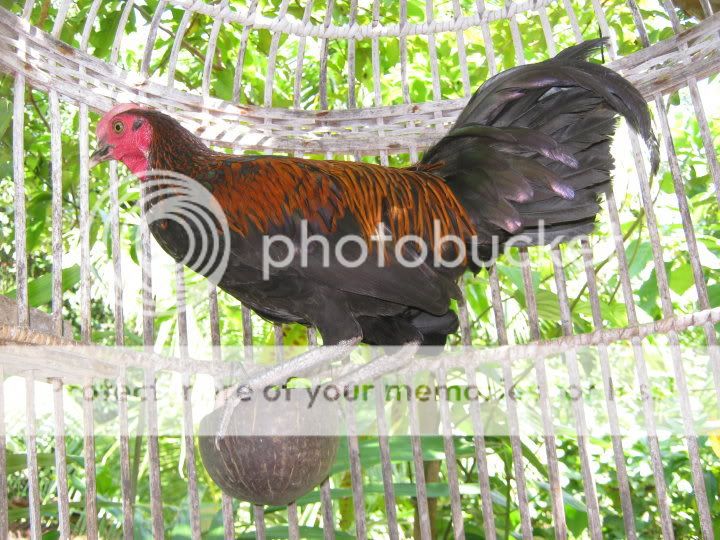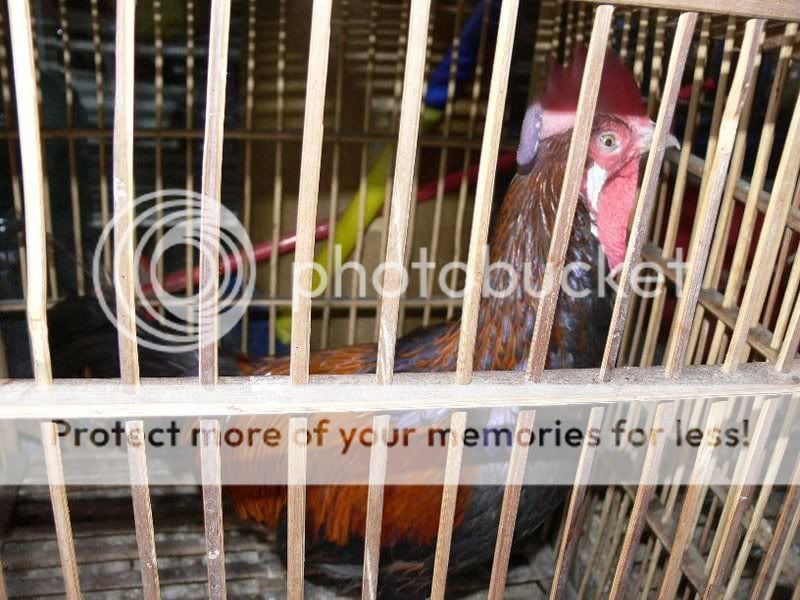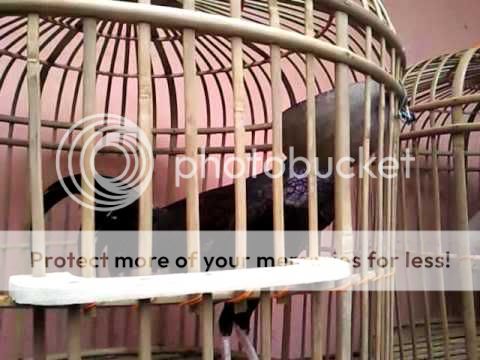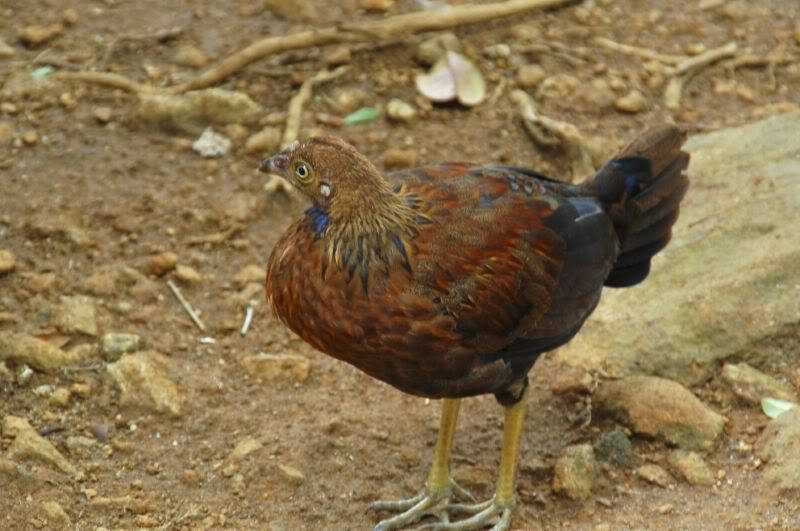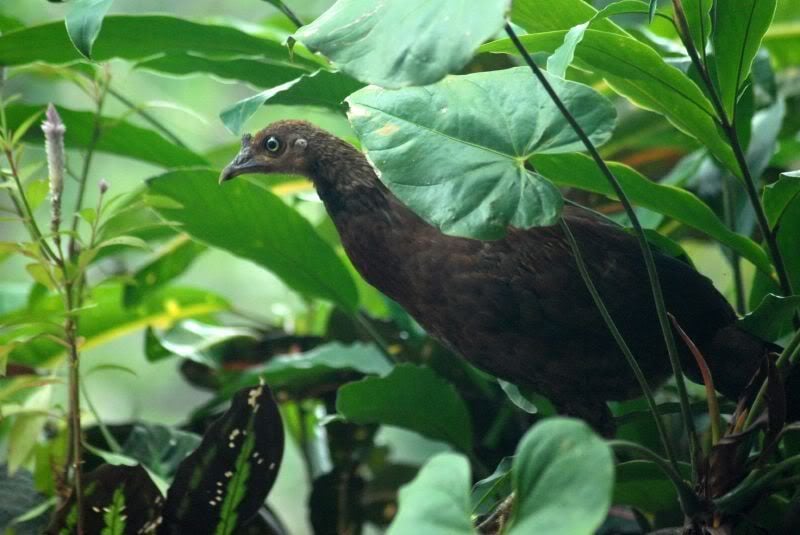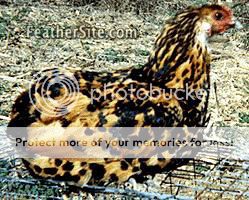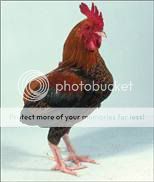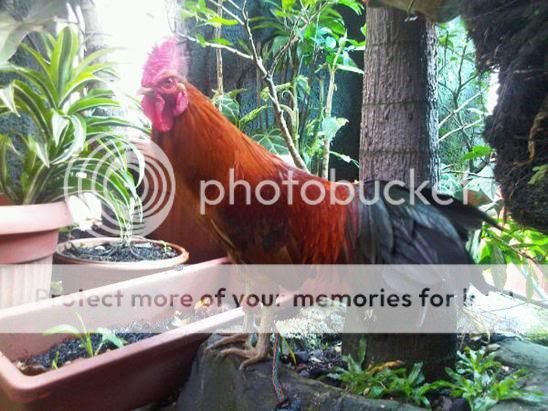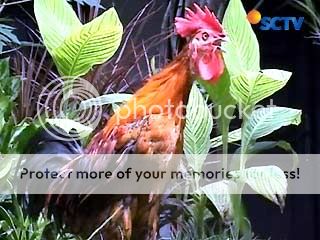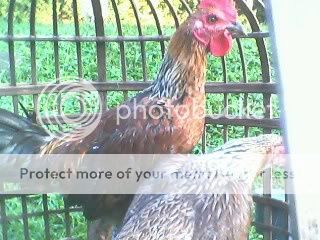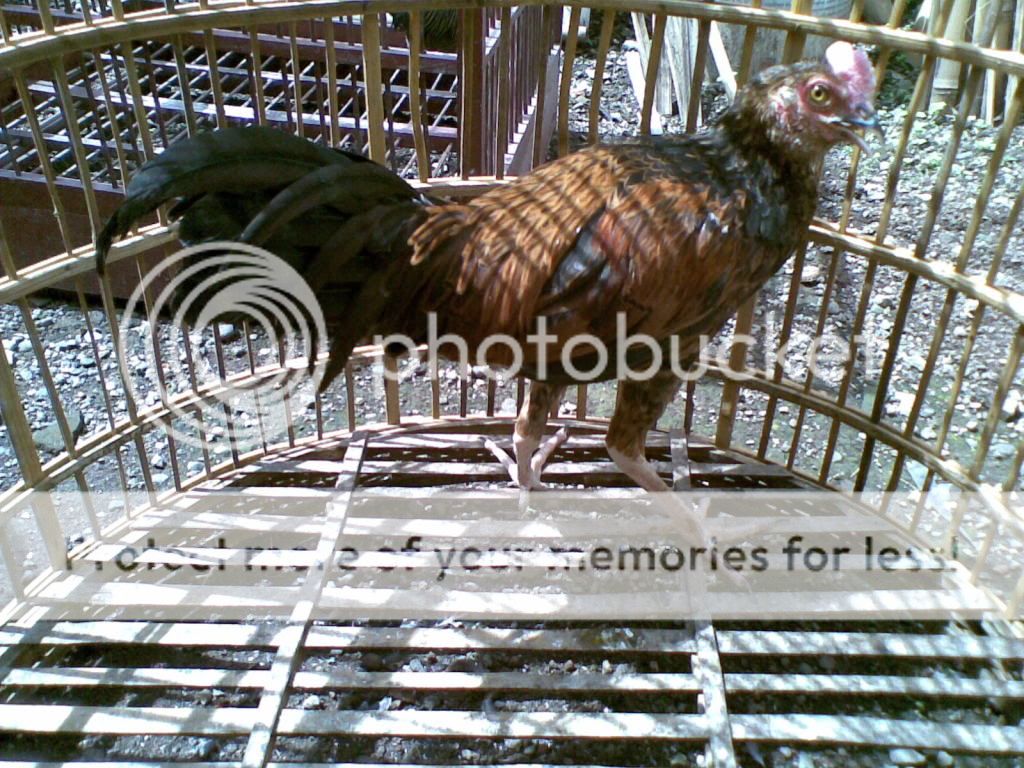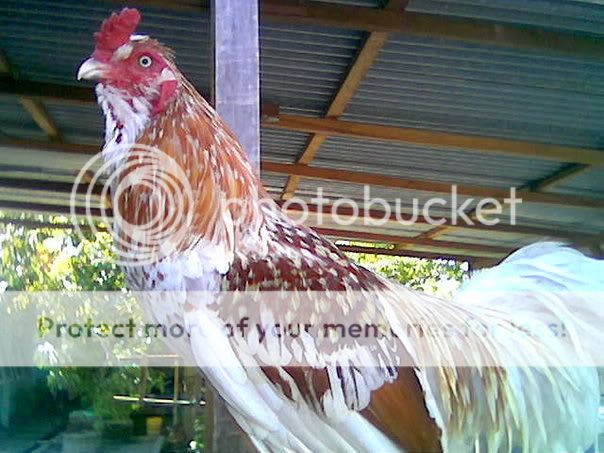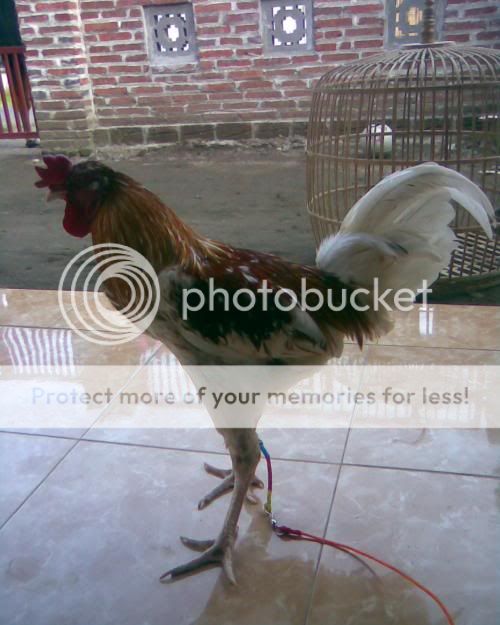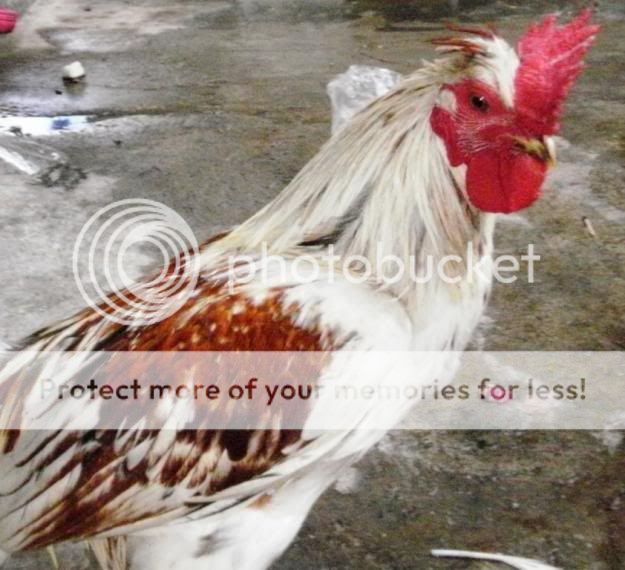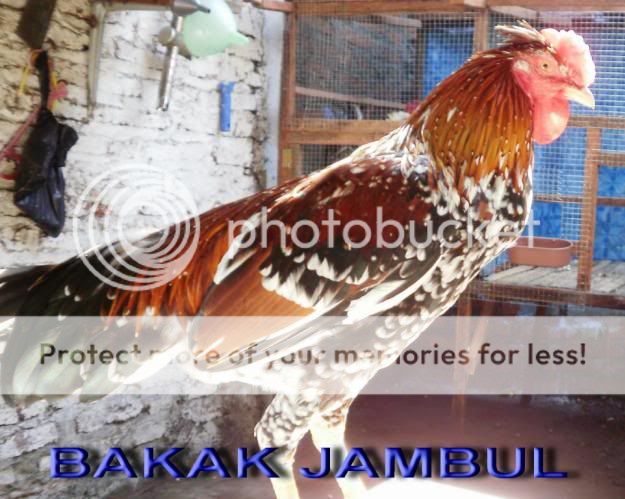- Thread starter
- #11
Thanks so much Kolloncas!
That Ona is of the right proportions and posture. The commercial domestic chicken genetics are not obvious.
The Ona is a very important subbreed because it represents the era in which the rarest Indian tribes (including the Ona) of the southern most tip of South America shifted into settlements like Villa Puerto Edén and generalized into a single group with a few sub tribes. The Ona peoples themselves did not practice agriculture until after they became subsumed with the Kawéshkar Indian peoples and this only after they settled into farming within Magallanes and Antartica Chilena Region .
In the Northern Western corner of South America we have the Quechua races of fowl. To the South and West we have the Mapuche races of fowl, which I will cover today.
The Ona and Huapi, the Shehuen these are members of this race that live at the very southern most end of the South American continent.
The Kirikiri and Huapi are ancestral types of the Mapuche so they will be dealt with in another thread within this article.
So here I will get back to Mapuche fowl.
That Ona is of the right proportions and posture. The commercial domestic chicken genetics are not obvious.
The Ona is a very important subbreed because it represents the era in which the rarest Indian tribes (including the Ona) of the southern most tip of South America shifted into settlements like Villa Puerto Edén and generalized into a single group with a few sub tribes. The Ona peoples themselves did not practice agriculture until after they became subsumed with the Kawéshkar Indian peoples and this only after they settled into farming within Magallanes and Antartica Chilena Region .
In the Northern Western corner of South America we have the Quechua races of fowl. To the South and West we have the Mapuche races of fowl, which I will cover today.
The Ona and Huapi, the Shehuen these are members of this race that live at the very southern most end of the South American continent.
The Kirikiri and Huapi are ancestral types of the Mapuche so they will be dealt with in another thread within this article.
So here I will get back to Mapuche fowl.
Last edited:



